Millard will put a bond issue on this month’s ballot
The $125 million would help maintain buildings and keep schools safe
In January, Millard Public Schools board members voted unanimously to include a $125 million bond issue on the May 12th primary ballot. The bond money would be used to renovate and update the district’s 38 buildings, with emphasis on four of its oldest schools. The proposed issue is estimated to bring a one-cent increase on the property tax levy, which means on a $200,000 house, it would equal $20 a year.
May 9, 2020
In January, Millard Public Schools board members voted unanimously to include a $125 million bond issue on the May 12th primary ballot.
The bond money would be used to renovate and update the district’s 38 buildings, with emphasis on four of its oldest schools. The proposed issue is estimated to bring a one-cent increase on the property tax levy, which means on a $200,000 house, it would equal $20 a year.
Central Middle School, built in 1960, would be the most costly project, estimated to need around $14.5 million in major renovations. Everything from the electrical systems to flooring and windows would be revamped. Cody and Norris Elementaries, both of which were built in 1964, would also receive remodels costing around $8 million and $6.8 million.
School safety and security is another area that would be updated and improved should the bond pass. The district is looking to renovate the main entrances to both Millard South and Millard West to help improve the overall security of the school. These entrances would resemble that of Millard North, where the security desk is located in-between two sets of doors. This would allow the security guard to talk to those requesting access into the school to make certain that they are appropriate to let in before unlocking the second set of doors.
“At Millard South High School and Millard West High School, the security guard greets members of the public but does not have a second set of doors stopping that person before they can get into the rest of the building.” Millard Public Schools Chief Financial Officer Chad Meisgeier said. “We would like to build an entrance vestibule similar to what is at Millard North at Millard South and at Millard West.”
Meisgeier also mentioned that the security cameras and the systems that keep them up and running are outdated. Schools would likely receive updated systems in addition to the secured entrances.
Millard taxpayers last approved a bond issue in 2013, which helped fund facility maintenance and upgrades. However, those funds are expected to be expended this summer and in order for Millard to consistently maintain their buildings, new bond funds are crucial.
“We continue to prioritize to ensure that we limit the risk of allowing a building to degenerate to the point that it is really expensive to fix and/or to the point where they would need complete replacement,” Meisgeier said. “We have done a nice job maintaining the buildings over the past several decades and we hope to continue to do so with this bond.”
It’s important to note the differences between this bond issue and tht tax levy override, which voters approved in November of 2017.
The levy override helps fund Millard staff and programs. It assists the district in paying for expenses like curriculum and maintaining staff. Taxpayers authorized the district to use up to nine cents of additional levy authority for five years. So far, the district has kept a promise it made to not use the entire nine cent levy. In year one, they used 3.9 cents of the nine authorized, and are currently using 2.7 cents.
A bond, like the one approved in 2013 and the new issue, is used to pay for capital expenses. This includes paying for renovations, new roofs, parking lots and HVAC systems, as well as building maintenance. Money from a bond cannot be used to fund people and programs.
To ensure that bond money is going towards what is intended for, the district takes reports to the Board of Education every year describing how bond funds are being spent. They also have an annual financial audit by an independent audit firm. This takes a look at all of the district spending.
“As a public entity, our spending is generally subject to public records requests,” Meisgeier said. “Members of the public like the group “Taxpayers for Freedom” have, on occasion asked and been allowed to review our records on our bond spending to see if they have any concerns.”
The recent COVID-19 pandemic has changed how the district will spread out their spending. Originally, the money was budgeted to be spent over a five year period. However, an alternative plan has been developed in case of an economic downturn which would slow that down, and spread the spending over the course of seven years. If approved, the district has the option of using the bond funds slowly and reducing the tax impact.
“I am grateful that the Millard community has chosen to invest in our schools through previous bond campaigns,” Millard Superintendent Jim Sutfin said. “Maintaining our facilities is essential to delivering our educational program. Safe, secure, functioning school buildings allow our educators to teach and our students to learn. Every request on this bond issue has been well thought out.”
The district remains hopeful that the community will support their initiative even during these times of COVID-19.

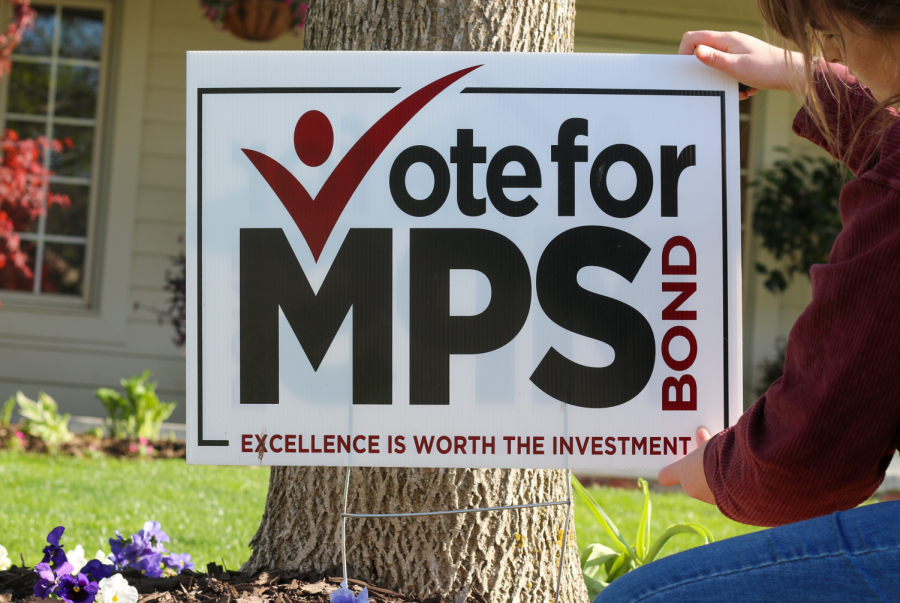
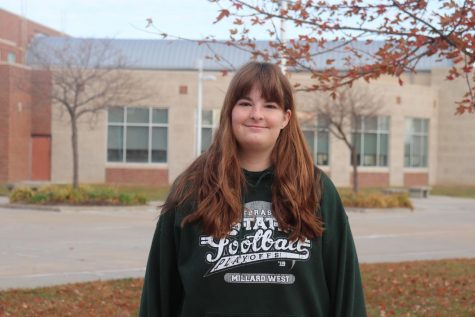






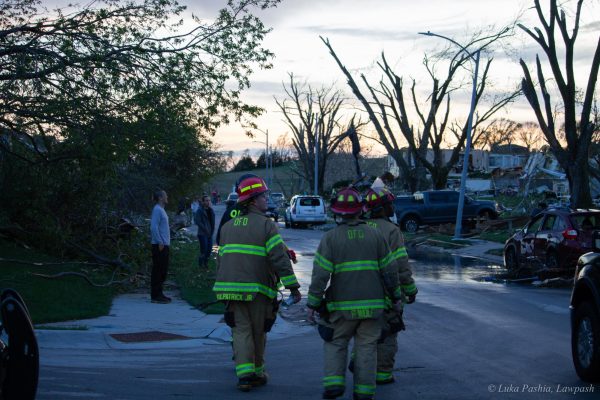
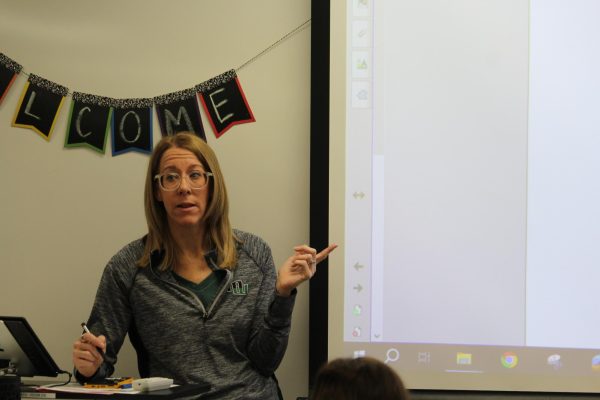

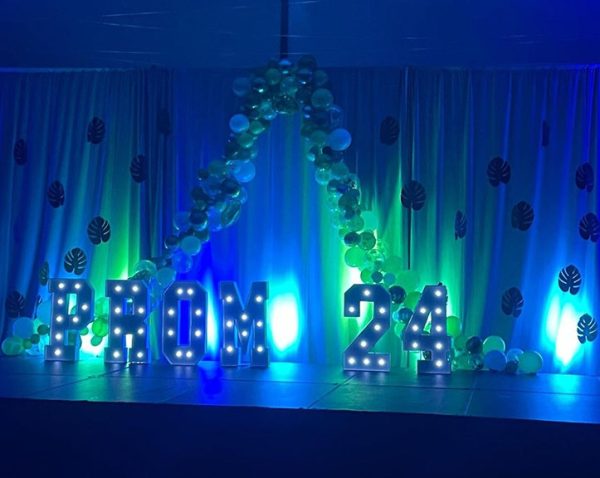

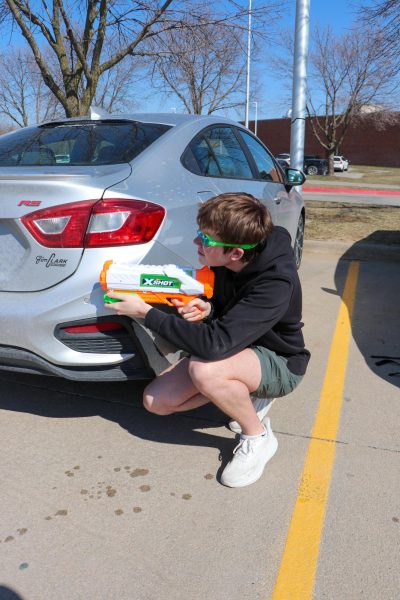
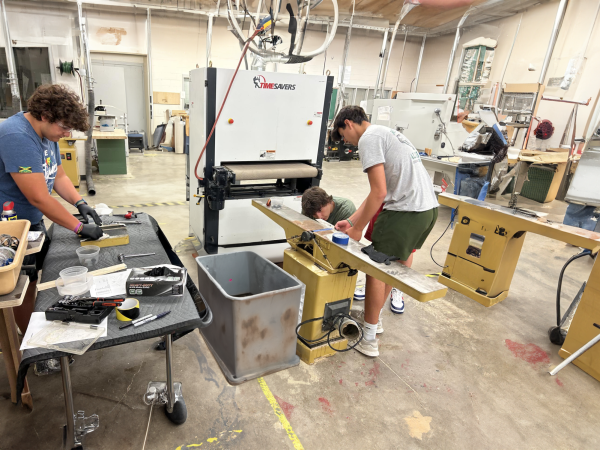

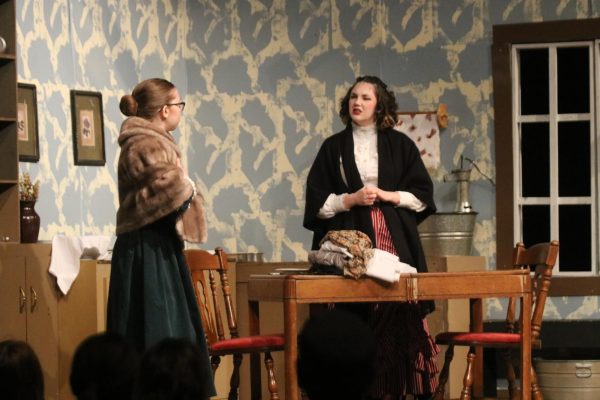
Knut Haasch • May 9, 2020 at 7:52 pm
Hi Tenley, my name no’s Knut Haasch and I’m one of the 3 parent volunteers working on the bond. Just a quick note to say thanks for writing such a nice, well thought out article! It is much appreciated!
Here’s to success for the initiative and also your class returning to Millard West in the fall (hopefully!!). – Knut